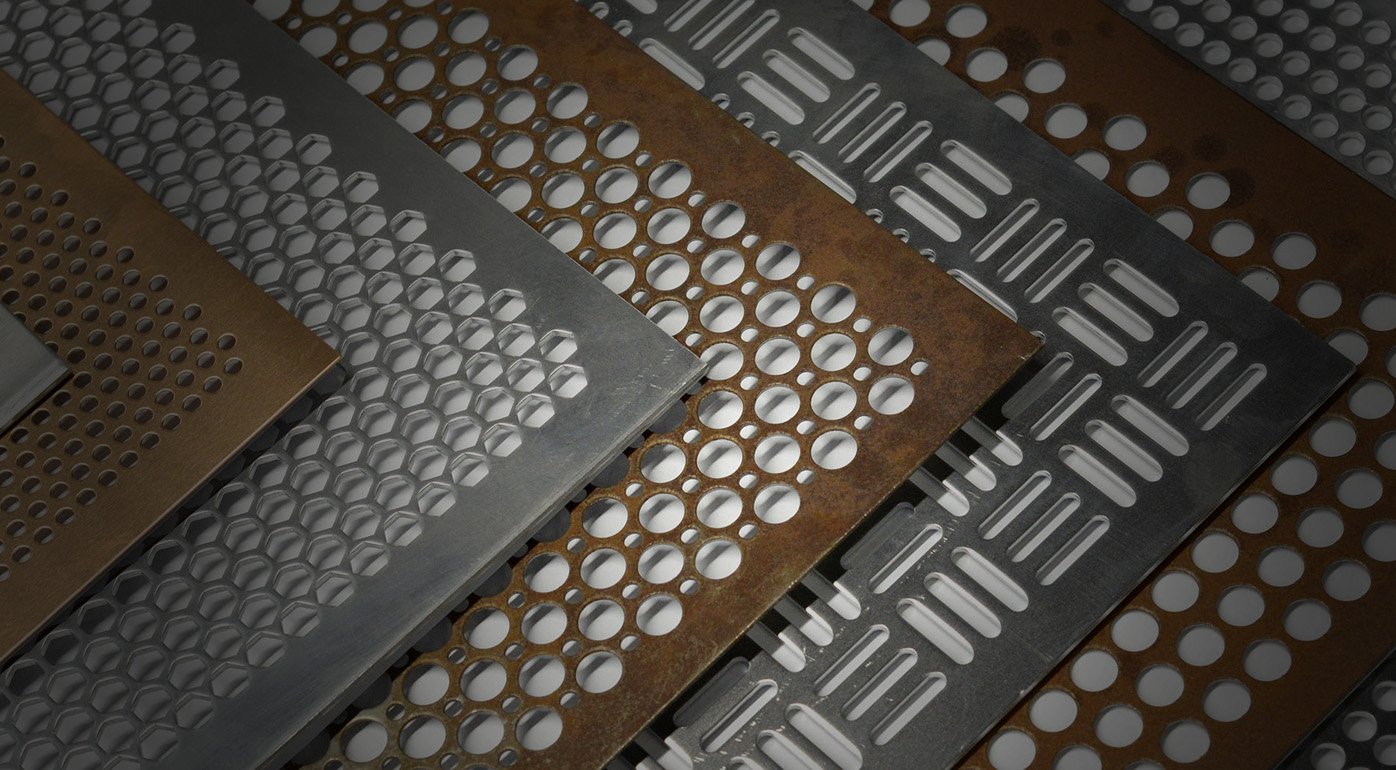Lightweight, sturdy and very recyclable, aluminum has turned into a basic component of everyday life. As the manageable material of decision, its applications consist of crucial things like fuel-efficient vehicles, smartphones, zippers and foil, just to name a few.
The effect of aluminum recycling on nature has been significant. An astounding 75 percent of all aluminum manufactured at any point is still being used. Production of recycled aluminum requires just 8 percent of the resources and makes 8 percent of the emissions compared to new production.
A one of a kind mix of properties makes aluminum and its alloys a standout amongst the most adaptable building and development materials accessible today.
Here are some of its advantages.
Lightweight
Aluminum is one of the lightest accessible commercial metals with a thickness around 33% that of steel or copper. Its durability and strength to weight proportion makes it especially imperative to transportation enterprises permitting bigger payloads and fuel savings. Catamaran ferries, oil tankers and airplanes are great cases of aluminum’s utilization in transport. In other scenarios, aluminum’s lightweight can diminish the requirement for special equipment.
Corrosion Resistance
Aluminum has great levels protection from corrosion because of the thin layer of aluminum oxide that forms on the surface of aluminum when exposed to air. In numerous applications, aluminum checker plates can be left in the factory finished condition. If extra protection or decorative finishes are required, aluminum can be either anodized or treated to meet the requirement.
Electric and Thermal Properties
Aluminum is a great heat and power conductor and in connection to its weight, is twice as great a conductor as copper. This has made aluminum the most generally utilized material in power transmission lines. Whereas steel ends up weak at low temperatures, aluminum shows an increase in rigidity and holds amazing durability.
Reflectivity
Aluminum is a brilliant reflector of energy through the whole range of wave lengths. From ultra-violet through the visible range to infra-red and warmth waves, and also electromagnetic waves, for example, radio and radar. Aluminum has a light reflectivity of more than 80% which has prompted its wide use in lighting apparatuses.
These reflective attributes likewise prompt its utilization as an insulation material. For instance, aluminum reflects a high level of the sun’s warmth, creating a cool climate in the summer in indoor settings yet protecting against heat loss in winter.
Non Toxic and Non Magnetic Properties
Due to its chemical composition, it has nonmagnetic characteristics which enables it to be used in electrical shielding applications like magnetic compass housings and busbars. It’s also used in a host of computer peripherals like computer disks.
Another noteworthy quality is its non-toxicity. Aluminum’s nontoxic properties were discovered in the early days. This enables it to be utilized as a part of cooking utensils with no adverse effects on the body. Aluminum with its smooth surface is effectively cleaned, enabling a sterile situation for food processing.
Aluminum foil wrapping and boxes are utilized widely and safely in direct contact with edible products. Another useful product that is made from aluminum and has affected a few industries in a profound way are Aluminum check plates. They have influenced the automotive, decorative, housing and ship building industries.
Stay tuned to Xiaaluplate for more information articles, and updated blogs.

